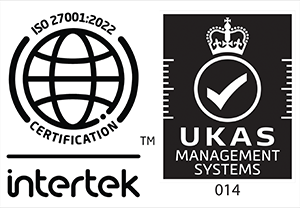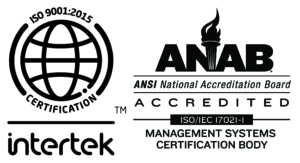LDAR monitoring is performed in process facilities: typically refineries and chemical plants, which are frequently dirty environments. There is dust, grease, process material and other foreign substances. The suction at the probe tip that is engineered to draw in the air sample from along the leak interface and does not discriminate: it will vacuum up anything small enough to be captured by its suction.
To protect the analyzer, the manufactures of the TVA 1000B and the phx21 specify that the instruments should be operated with the appropriate filtering systems. Inevitably, the filters “catches” something. As foreign particles accumulate one of two things must happen:
- If the (suction) pump continues at a constant rate of power, then the restriction in the path the sample has to travel will reduce the volume of the sample; OR
- The volume of the sample can be maintained at the optimal level by increasing the voltage to the pump.
Introducing US Patent # 8,587,319, which provides for implementing, specifically, the innovation described by #2.
The patent itself is expressed in technical jargon LDAR technology, with such technical terms as “BOFID,” “operating conditions,” “sensors,” “measured values,” “controllers,” “voltage input,” and “detector region.” But the bottom line is that the patent provides for a “speed control” feature on the pump in an LDAR analyzer that ensures that the sample flow remains constant even (especially!) when the filter starts to get clogged up during routine operation.
This ensures the accuracy of the readings and is the best guarantee that your analyzer will pass the drift assessment required by your consent decree WITHOUT HAVING TO REPLACE THE FILTERS PRIOR TO DOING THE DRIFT TEST.
Another, important feature of the phx21, which includes the embodiment of this patented innovation, is that it monitors the condition of the filter and displays that condition to the technician on the monitoring screen of her handheld computer.
In this way, the phx21 monitors the conditions of the filters, adjusts the voltage of the pump AND tells the technician when it is time to replace the filter.
At LDARtools we are committed to finding the better way. There is it. What kind of drift assessments are you doing, today?






Leave a Reply
Want to join the discussion?Feel free to contribute!